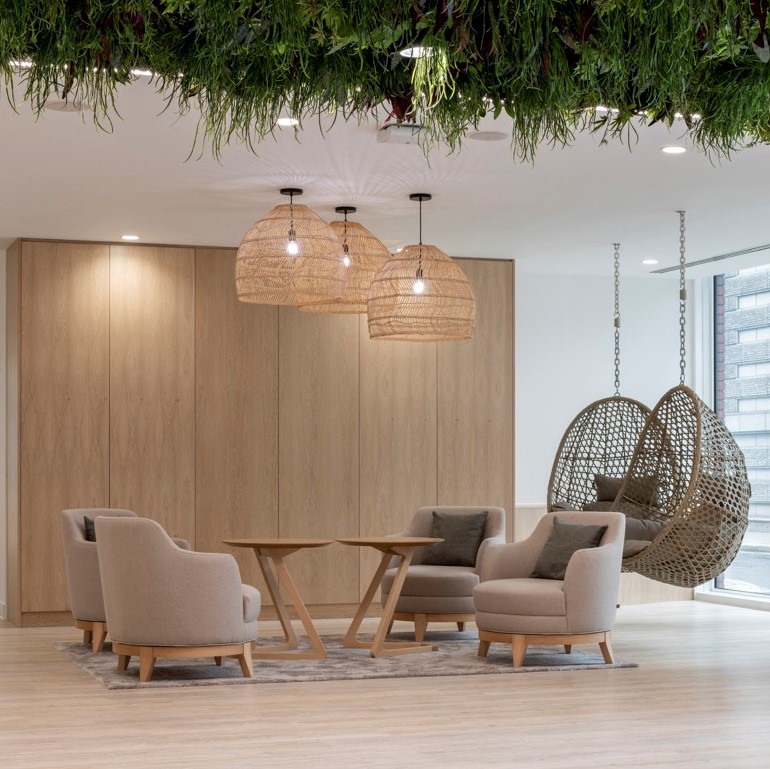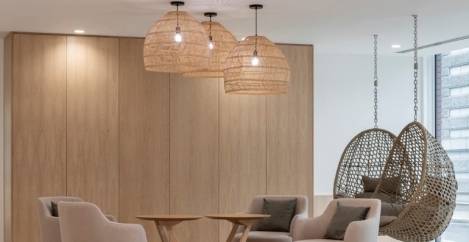September 26, 2019
Workplaces should change to entice people back into them
 A new report published jointly by Instant Group and Area addresses the issue of how ensure workplaces address the physical, technological and personal needs of the growing number of people who have a choice about where they work. The report explores what employers can do to ensure that the workplace is still a place where people want to be.
A new report published jointly by Instant Group and Area addresses the issue of how ensure workplaces address the physical, technological and personal needs of the growing number of people who have a choice about where they work. The report explores what employers can do to ensure that the workplace is still a place where people want to be.
Fortunately it concludes that whilst there is a lot of work to do and a lot of debate about workplace leadership, productivity and design, on the whole workplaces serve the people who inhabit them well and eighty-seven percent of respondents said having a great office makes them want to actually go to an office to work. It also claims that workplace culture, shaped by a blend of leadership, design and the availability of various facilities is the overwhelming factor in happiness and productivity at work.
The report, first published at the GCUC conference this week, claims that while offices are improving and workers are happier and more productive as a result, this is only the case in workplaces that offer the right combination of design, amenities and perks to meet employee expectations and demand.
In a world in which coworking and flexibility have redefined the workplace, the amenities provided by workspace are now equally as important as the perks and benefits initiatives offered by the employer. The survey, commissioned by Area and undertaken by Instant, suggests that employees value the ability to work remotely and have flexibility in how they manage their worklife. Enticing them back into the working environment requires a more progressive mix of features.
Some praise for the open plan
Nearly two-thirds of employees feel that perks and amenities are equally important. This is more important amongst millennials with those under 35 significantly more likely to believe this than those over 35 (72 percent vs 58 percent). Open plan working is also shown to still be a positive factor. Those working in an open plan environment see it as a progressive space – and these spaces comprise 60 percent of the working environments in the Instant survey and happiness and productivity is higher, at over 80% in open plan than compared with cubicles or private space and coworking.
Marlies Hoogeboom, Head of Workspace and Operations UK & EMEA, Instant Group: “There is no one solution to a happy workplace – it’s a combination of people, culture and office design in equal measures. In the modern working environment, it is flexibility that is absolutely crucial and offering perks like remote working or having satellite offices closer to home is a key element of this. But at some point, there is a risk of having great office spaces under-utilised.
“However, if we get the balance right – recognising the need for a variety of working modes and choice – the working environment can positively impact our daily, working lives. With 87 percent of respondents saying that having a great office makes them want to actually go to work, our workplaces will play a fundamental role in staff attraction and retention both now and in the long-term. These findings are encouraging, but they do not tell the whole story. We have a lot of work to do still,” said Gary Chandler, CEO of Area.
“The workplace design community looks like it is doing something right. And the stats confirm what we know to be true anecdotally – for example 98% of occupiers stated the working environment has an impact on their mood.
“So, we are saying the right things, providing the right things for customers and challenging their brief – but there is still a lot more we can do to improve productivity and happiness at work across the wider corporate real estate. However, that work is not all about design and new furniture. It is about creating the right culture which flows a combination of the people, culture and office design in equal measures.”













